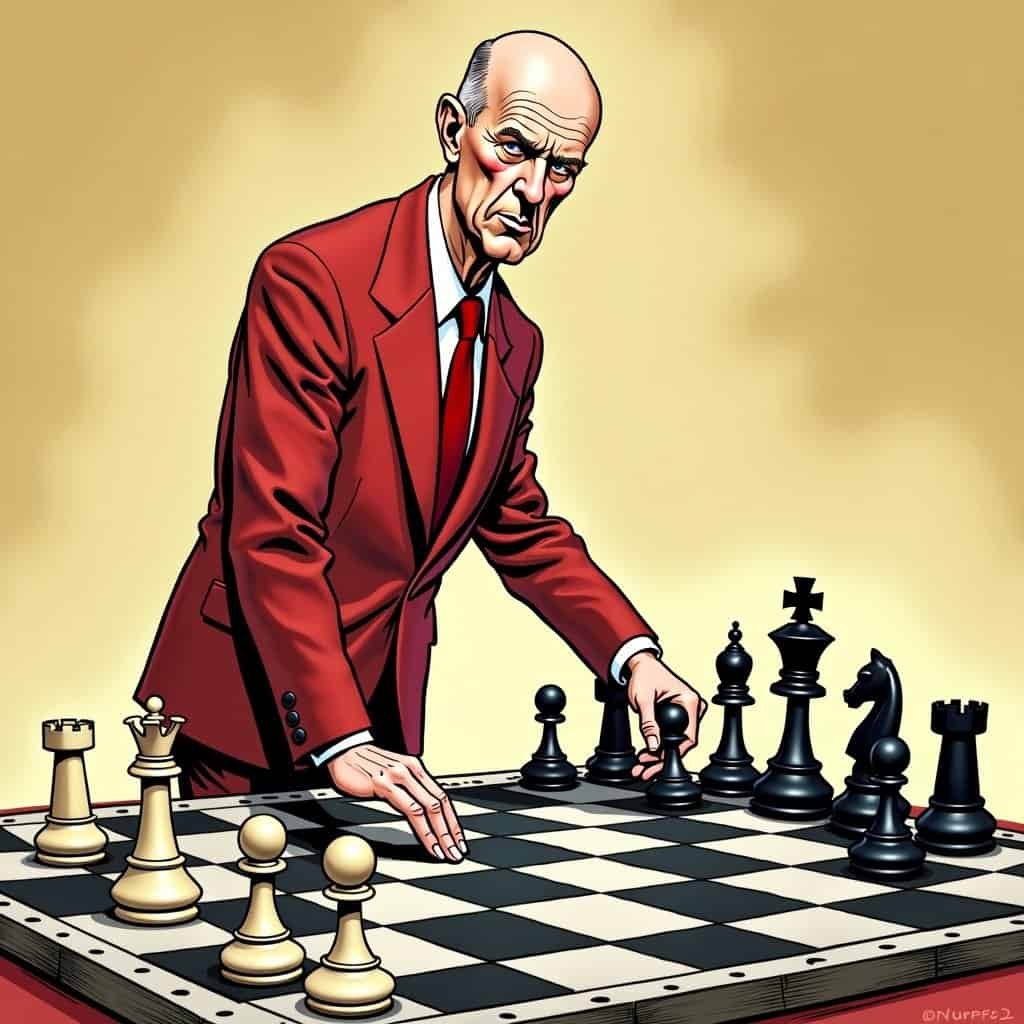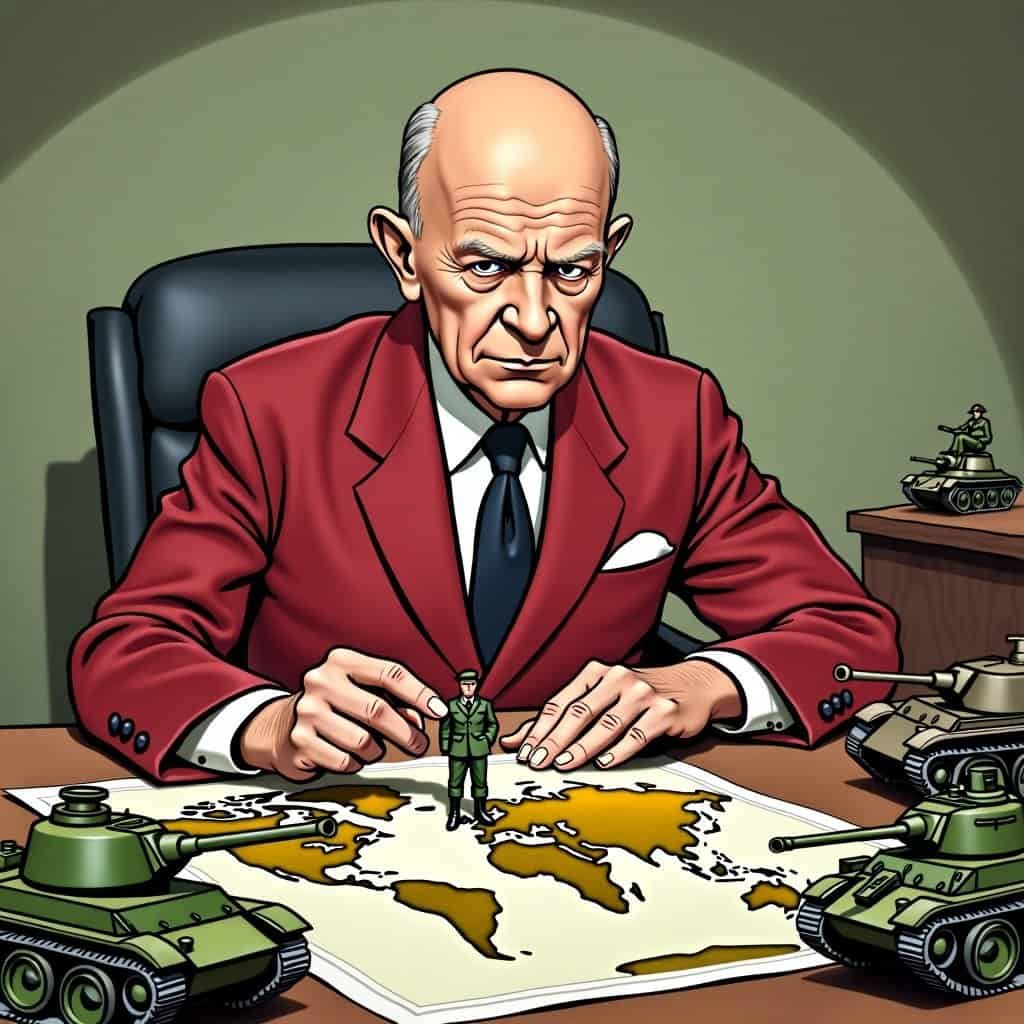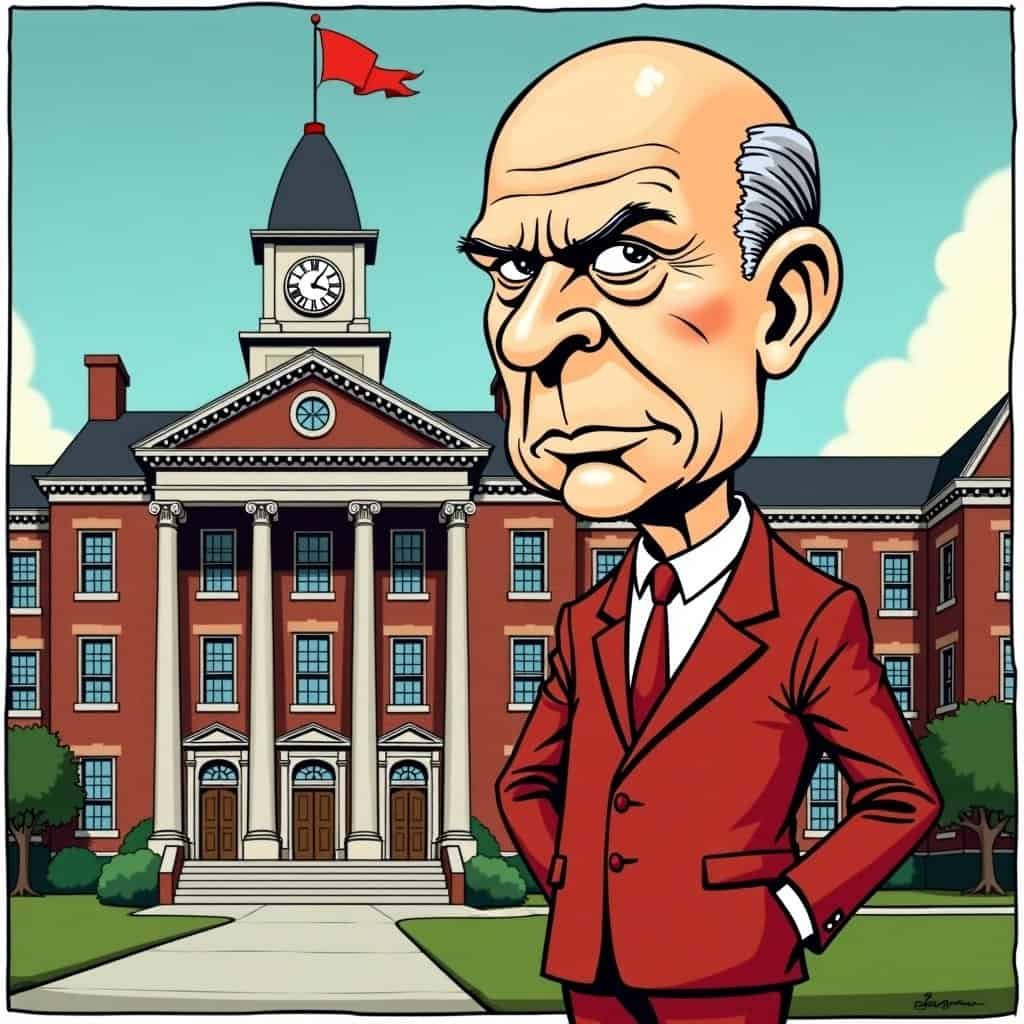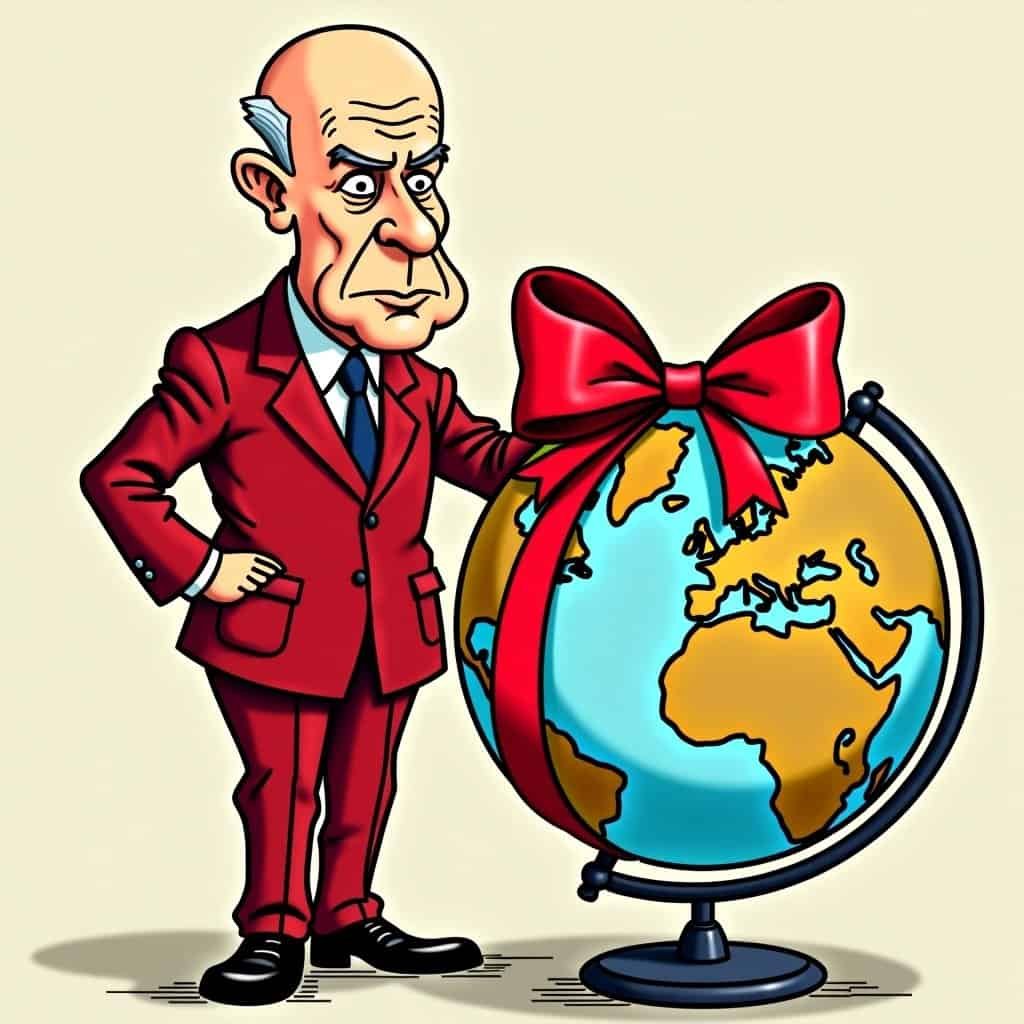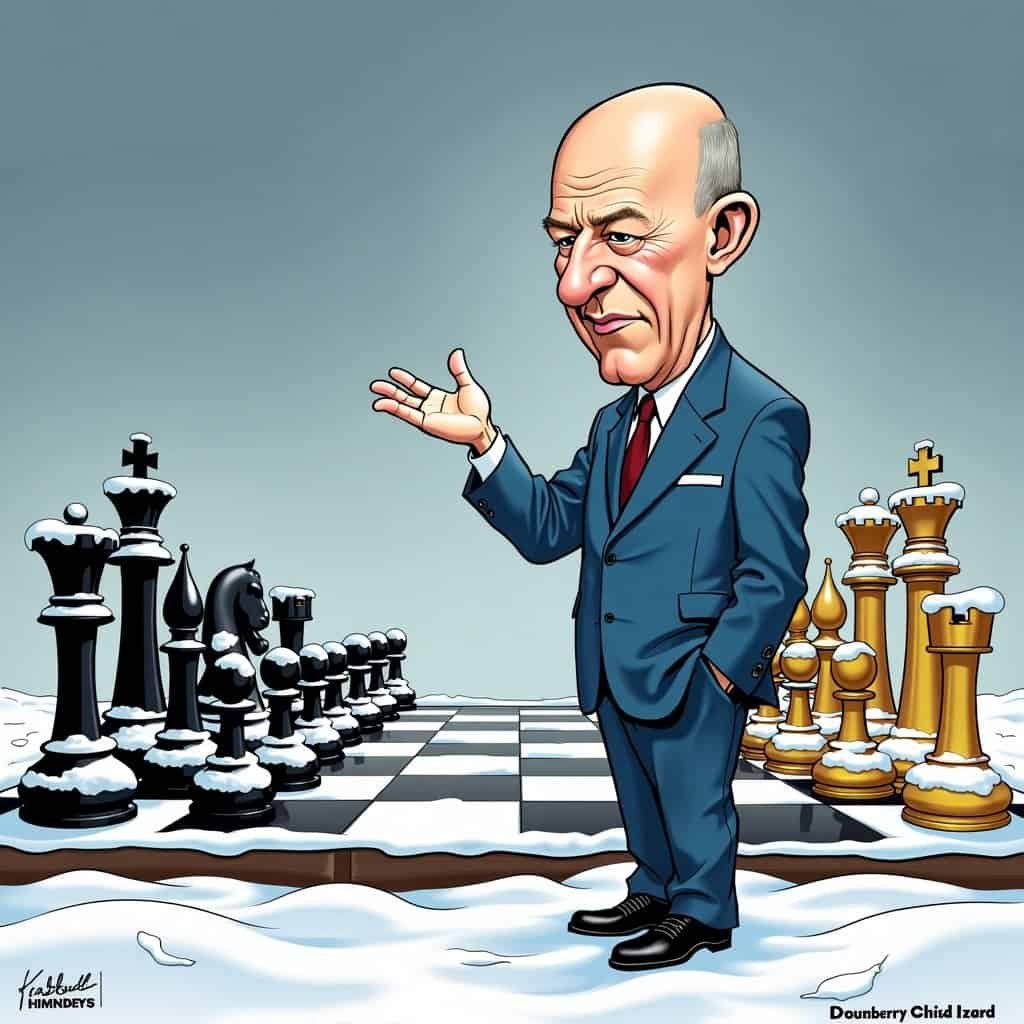The 1950s were rocking with jukeboxes and twisting dancers, but President Dwight D. Eisenhower had his hands full with a different kind of twist – the Berlin Crisis. While Americans were shaking their hips, Ike was shaking his head at the Soviet’s latest Cold War shenanigans.
Picture this: the Berlin Crisis, a geopolitical soap opera with more drama than a teenage love triangle. In one corner, we have the USSR, eyeing West Berlin like it’s the last slice of pizza at a party. In the other corner, there’s Eisenhower, cool as a cucumber, refusing to let the Soviets redraw the map of Germany like it’s a game of Risk.
Eisenhower, with his military background, approached this diplomatic dance with the Soviets like a chess grandmaster. He chose a path that showcased strength without resorting to unnecessary chest-thumping. It was a masterclass in conservative crisis management – firm but not foolhardy.
Ike’s strategy was less about swinging big sticks and more about strategic alliances. He rallied NATO faster than you can say “containment policy,” proving that teamwork makes the dream work, even in international politics. This united front against communist expansion was pure conservative gold – strength in numbers, but make it diplomatic.
When the Soviets handed Eisenhower their Berlin ultimatum, they expected a pushover. Instead, they got a leader who treated Berlin like it was America’s own backyard. This wasn’t just Ike pulling a rabbit out of his hat – it was calculated conservative wisdom mixed with top-tier statesmanship. It showed that sometimes, the best defense is a good offense, even if that offense is just standing your ground.
Looking back, it’s almost comical how some folks underestimate conservative approaches to tricky international situations like the Berlin Crisis. They think we’re all about flexing military muscle, but Eisenhower’s handling shows a nuanced side of conservatism. It’s like playing poker – sometimes you show your hand, sometimes you don’t, but you’re always ready to ante up.
Eisenhower’s approach to Berlin could’ve been summed up as “Keep Calm and Carry On – American Style.” It was a mix of defensive strength and smart diplomacy that future conservative leaders could learn a thing or two from.
In the end, Eisenhower proved that a Republican president doesn’t need to be all bark and bite to win the day. He handled the Berlin Crisis with the kind of quiet strength that speaks volumes. It’s a reminder that sometimes, the best way to say “Not today, commies” is with a firm handshake and an even firmer resolve.
Berlin’s Power Play: Eisenhower’s Strategic Moves
Soviet Ultimatum
Khrushchev demands Western powers withdraw from West Berlin
Geneva Conference
Eisenhower meets with Soviet leaders to discuss Berlin’s status
Paris Summit
Talks collapse after U-2 spy plane incident
Berlin Wall Construction
East Germany begins building the Berlin Wall
